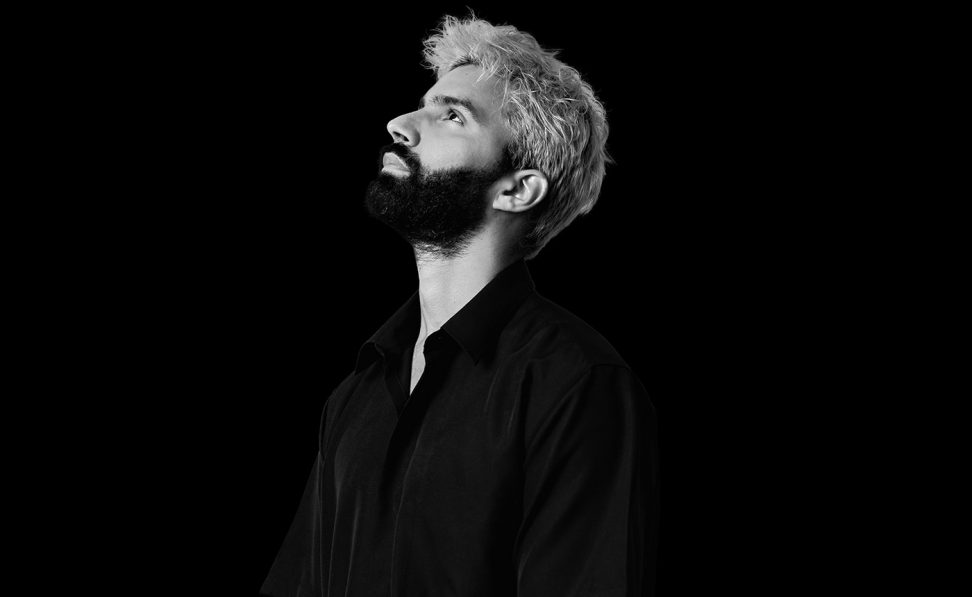
The intersection of Latin rhythms with electronic dance music (EDM) represents one of the most exciting and dynamic evolutions in the world of modern music. This fusion creates a vibrant blend of traditional Latin percussion with the high-energy beats and expansive soundscapes of EDM. The result is a genre-bending style that has captivated audiences around the world, transcending borders and appealing to a broad spectrum of music lovers. From the rhythmic sway of salsa to the synthesized pulse of electronic dance floors, the coming together of these two musical worlds has given birth to a new wave of sound that is both innovative and deeply rooted in cultural tradition.
The Roots of Latin Rhythms in Salsa
To understand the fusion of Latin rhythms with EDM, it’s important to first recognize the historical and cultural significance of Latin music, particularly salsa. Salsa music, which emerged in the 1960s and 1970s, is rooted in Afro-Cuban and Afro-Caribbean rhythms. This genre combines complex percussion patterns with brass sections, piano, and other instruments, producing a rich and rhythmic sound that encourages dancing. Salsa’s rhythmic foundation is built on syncopation, clave, and tumbao, and these features provide the pulse that drives the genre forward.
Salsa’s influence on modern music is immeasurable. It has inspired generations of musicians, from Latin artists to pop and hip-hop producers, and has been instrumental in introducing the world to the power of rhythm and groove. In salsa, the clave rhythm is central to its identity. The 3-2 or 2-3 clave pattern is an essential part of the salsa groove and is a rhythmic device that carries through in various forms of Latin music. The clave rhythm not only serves as the backbone for salsa but has also become a crucial element in the broader spectrum of Latin-inspired genres.
Despite salsa’s rich history, the genre has faced challenges in maintaining its relevance in the rapidly changing musical landscape. In the 1980s and 1990s, salsa began to face competition from other genres such as reggaeton and pop. However, the integration of salsa with EDM has allowed the genre to reinvigorate itself. By mixing the rhythmic complexity of salsa with the futuristic, bass-heavy elements of EDM, artists have found a way to keep salsa alive and relevant in the global music scene.
EDM: A New Frontier for Dance Music
Electronic Dance Music, or EDM, as it’s commonly known, emerged in the late 1980s and early 1990s as a product of the burgeoning rave scene in Europe and the United States. It quickly became a global phenomenon due to its accessibility, its focus on high-energy beats, and the sheer scale of its sound. EDM is defined by its use of synthesizers, drum machines, and digital effects to create music designed for the dance floor. It’s marked by pulsating basslines, uplifting melodies, and a focus on rhythm and repetition, which makes it particularly conducive to club and festival environments.
The evolution of EDM can be traced back to the early days of house music, techno, and trance, which emerged from the underground club culture. These genres were characterized by their emphasis on synthetic, sequenced sounds and repetitive rhythms. As EDM developed over the decades, its genres diversified into numerous substyles like dubstep, electro house, trap, and progressive house. These subgenres often experiment with the speed and intensity of beats, as well as incorporating various sound effects, drops, and breakdowns that are designed to create dramatic moments on the dance floor.
At its core, EDM is all about energy and connection with the audience. DJs and producers craft tracks that build and release tension, leading to climactic moments where the crowd experiences a collective sense of euphoria. It’s a genre that thrives in the live setting, with festivals and clubs being the perfect venue for showcasing its power. Artists like Avicii, Calvin Harris, and Skrillex have brought EDM to mainstream audiences, blending catchy melodies and accessible structures with high-energy beats that keep people dancing for hours.
However, as EDM became more popular, there was a growing sense among some artists and listeners that the genre could be more than just an exercise in repetitive rhythms and catchy hooks. Producers began to experiment with blending EDM’s synthetic sound with other musical traditions, leading to the incorporation of genres like reggae, trap, and Latin music. This led to the rise of Latin-influenced EDM, a movement that has given birth to some of the most exciting and innovative tracks in recent years.
The Fusion: Latin Influences Enter EDM
The fusion of Latin rhythms with EDM isn’t a new concept. It started as early as the mid-2000s when DJs and producers began incorporating elements of Latin music into their productions. Early examples include collaborations with reggaeton artists, or tracks that sampled Latin rhythms, such as the clave or salsa breaks. However, the movement truly gained traction in the 2010s, with artists like Major Lazer, DJ Snake, and J Balvin helping to bring Latin rhythms to the forefront of global dance music.
The success of Latin-influenced EDM can be attributed to several factors. First and foremost, Latin music has an infectious energy that naturally fits with EDM’s high-octane beats. The rhythms are designed to get people moving, and when paired with electronic sounds, they create a sense of synergy that enhances the dance floor experience. The influence of reggaeton, with its signature dembow beat, has been particularly influential in shaping Latin-inspired EDM tracks. Reggaeton’s infectious rhythm and catchy hooks have become a staple in both pop and electronic music, providing an irresistible pulse that draws listeners in.
Moreover, the global reach of Latin music has made it an ideal candidate for fusion with EDM. Latin music has a long history of crossing over into mainstream pop and hip-hop, with artists like Shakira, Ricky Martin, and Pitbull achieving international fame. As EDM became a dominant force in global pop culture, the natural progression was for Latin rhythms to merge with EDM’s synth-driven sound. This fusion allowed both genres to expand their audiences, with Latin artists gaining exposure to the world of electronic music, and EDM producers gaining access to the global popularity of Latin music.
The Sound and Aesthetic of Latin-EDM Fusion
The fusion of Latin rhythms and EDM results in a sound that is uniquely infectious. At the heart of this fusion is the powerful and unmistakable pulse of Latin percussion, often combined with the booming basslines and atmospheric synths of EDM. Traditional instruments like congas, timbales, bongos, and the cowbell are frequently layered over electronic beats, creating a rhythmically complex foundation that remains true to the roots of Latin music.
The incorporation of the reggaeton beat—a syncopated rhythm that drives much of Latin dance music—has also become a hallmark of Latin EDM fusion. The dembow beat, often accompanied by syncopated bass and sharp snares, brings a hypnotic, irresistible groove that feels tailor-made for the dance floor. This rhythm serves as the backbone for many Latin-influenced EDM tracks, providing a solid framework for DJs and producers to build upon.
On top of the rhythms, the melodies of Latin-influenced EDM tracks often incorporate both traditional Latin scales and the catchy hooks that are a staple of electronic music. These melodies are designed to evoke a sense of celebration and movement, drawing from the vibrant musical culture of Latin America. Synthesizers and electronic effects are used to add texture and depth, creating a lush and layered sound that merges the best of both genres.
Visually, Latin-EDM fusion also offers a unique aesthetic. The vibrant colors, bold patterns, and festive imagery often associated with Latin culture blend with the futuristic and high-energy visual elements of EDM. Festivals and live performances featuring Latin-inspired EDM often evoke a sense of unity and joy, drawing from the communal nature of both music genres. The visual spectacle, often featuring intricate light shows and massive stage setups, enhances the emotional impact of the music, making for an immersive and unforgettable experience.
The Global Appeal and Future of Latin-EDM Fusion
The fusion of Latin rhythms with EDM has become a global sensation. Latin music is enjoyed by millions around the world, and EDM has long been a dominant force in global pop culture. Combining these two forces has allowed for the creation of a musical movement that resonates across different cultures, languages, and communities. This fusion not only brings together people from diverse backgrounds but also introduces new audiences to the rich musical traditions of Latin America.
The future of Latin-EDM fusion looks incredibly promising. As more artists from both worlds continue to experiment with blending electronic and Latin sounds, we can expect to see even more innovative and genre-defying tracks that push the boundaries of what’s possible in music. Latin-EDM fusion represents a blending of cultures that reflects the increasingly interconnected nature of the global music scene, where genres, styles, and influences can merge to create something entirely new.
In conclusion, the fusion of Latin rhythms with EDM is a testament to the power of music as a universal language. From salsa to synths, this evolving genre shows how cultural exchange and artistic innovation can result in fresh, exciting sounds that bring people together. As the world continues to embrace this fusion, Latin-EDM will undoubtedly continue to shape the future of global dance music.

